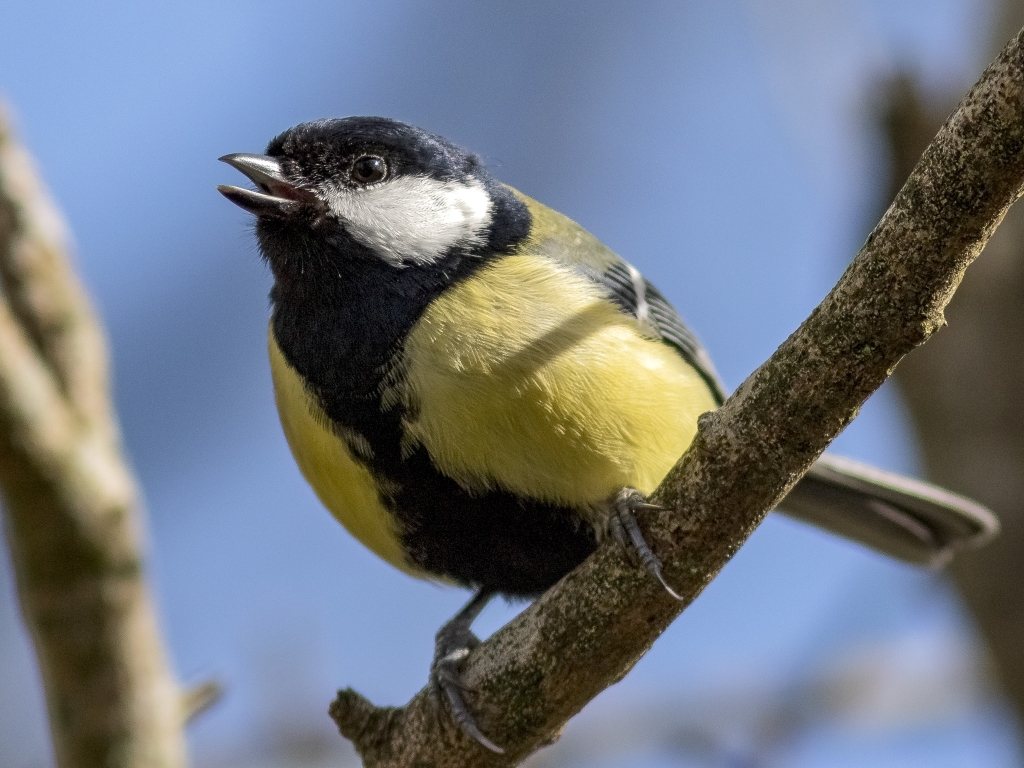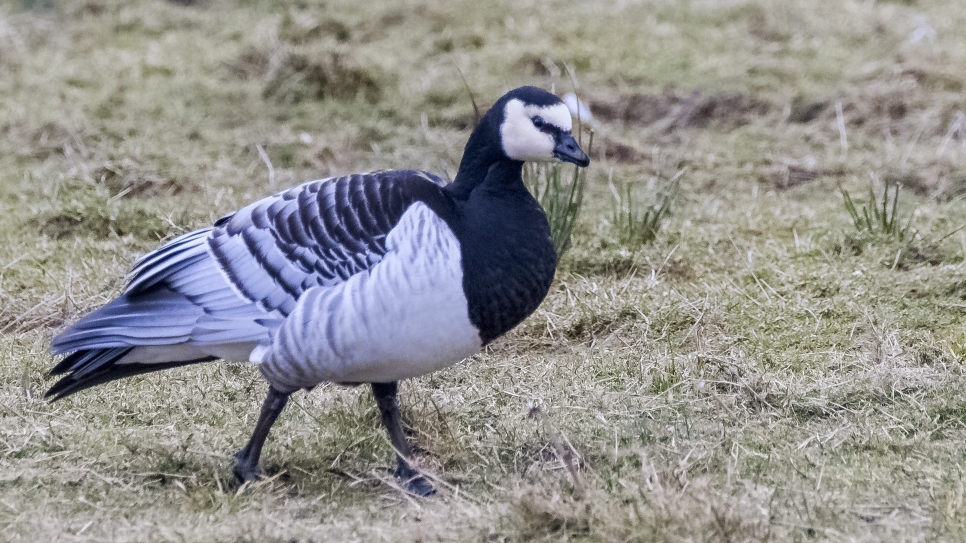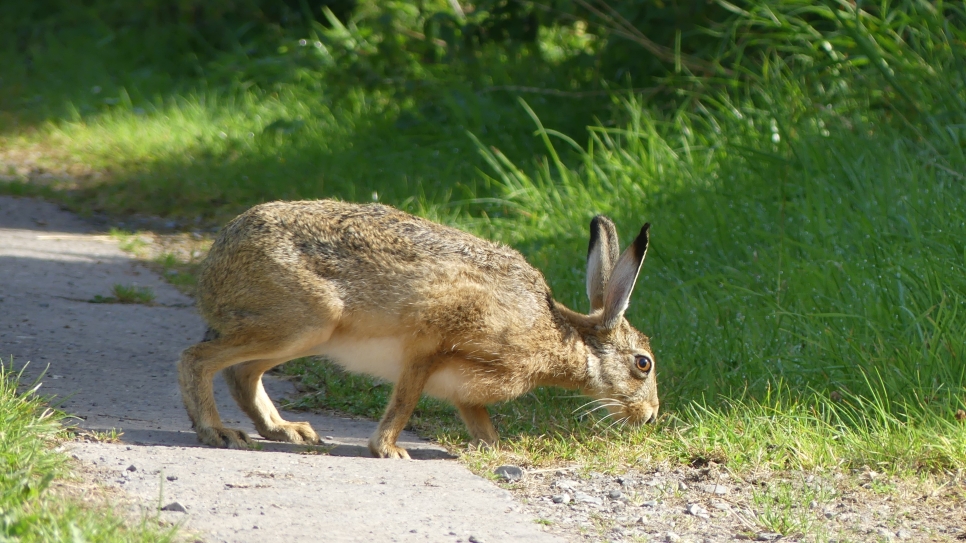A day in the life of a guide in the hide
I have been volunteering at Caerlaverock since 2017 where I am Friday’s Guide in the Hide. My role is to help guests connect with the wildlife around the reserve and hopefully make their visit more enjoyable. This is the first of an occasional series of blogs, outlining a day in the life of a Guide in the Hide.
There has been a distinct change in the weather from soggy and damp to crisper and clearer. A little sunshine always makes the day feel better.
After checking in with the reserve staff, I headed out to do an early sweep to see if there was anything interesting about. I started, as ever, with the Folly Pond hide. Duck numbers were continuing to increase, but the highlight was half a dozen whooper swans. Last week, I only saw a single bird on the reserve, but today the numbers were steadily increasing. They must have heard about the daily commentated swan feeds that start this weekend. It’s the juvenile birds, greyer and lacking the distinctive yellow bill, that fascinate me most. Although they are only a few months old, they fly the 900 or so miles from Iceland to Scotland in one go.

After a brief stop at the feeders to see some of our resident tree sparrows, I went to the Back Pond Hide to see if our resident kingfisher was there. It didn’t show up, but the family of breeding mute swans was in evidence and the four cygnets decided to practice their take offs by running across the water. They were heading straight towards the hide which made for a fantastic sight, but fortunately they aborted their take off before crashing into the hide.
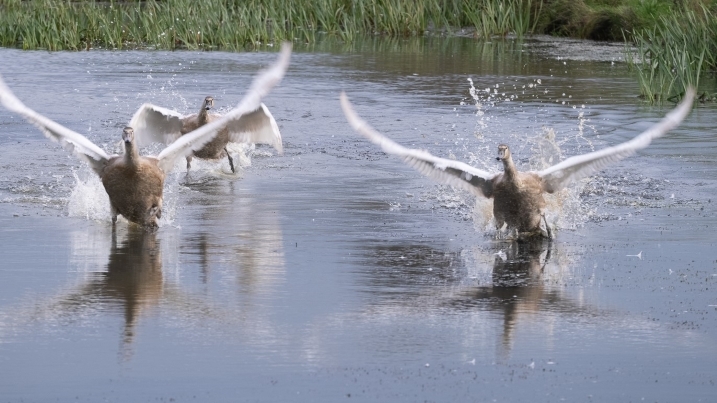
I was then joined by Annie, one of the reserve wardens who was carrying out the monthly WeBS (Wetland Bird Survey) count for the reserve. This is a national survey that provides invaluable information on the trends in populations of wetland birds.
I mentioned the kingfisher to her and she said she’d seen it there a few days ago, performing well right in front of the hide.
Next stop was the Avenue Tower where some of the early arriving barnacle geese were hanging out. However my primary goal there was not the geese, but the berry bush that sits by the side of the track to the tower. In September, it is a haven for migrant warblers and although perhaps late for them, I hoped to see redwing or fieldfare munching on the berries. I did spot a few redwing as I was heading down the track, but they didn’t make the bush whilst I was there. However, there were a few late chiffchaff on the bush hoovering up the flies and bugs that it supported.
My role normally involves engaging with guests about the birds and wildlife, but when I got back to the centre for lunch, I had a different task. One guest had left her bank card in the visitors’ centre and I spent the first part of the afternoon accosting people to see if they had lost a bank card. Alas no luck, but hopefully she was reunited with it before she left the site.
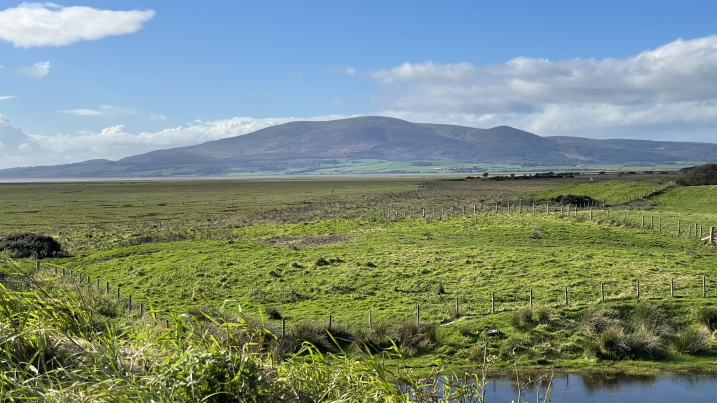
After a trip to the Saltcot Merse Observatory that produced some great views but few birds, my final stop of the day was a return visit to the Back Pond Hide to see if the kingfisher was there. I bumped into Brian, one of our regular guests who had posted some fantastic photos of the bird a few weeks previously. Alas still no kingfisher, but my consolation prize was this gorgeous gadwall, my first of the autumn and an addition to our WeBs list for the site.
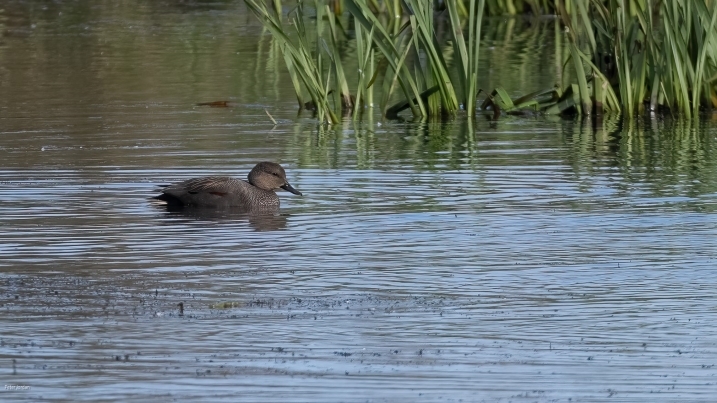
Words and pictures by Peter Jordan

